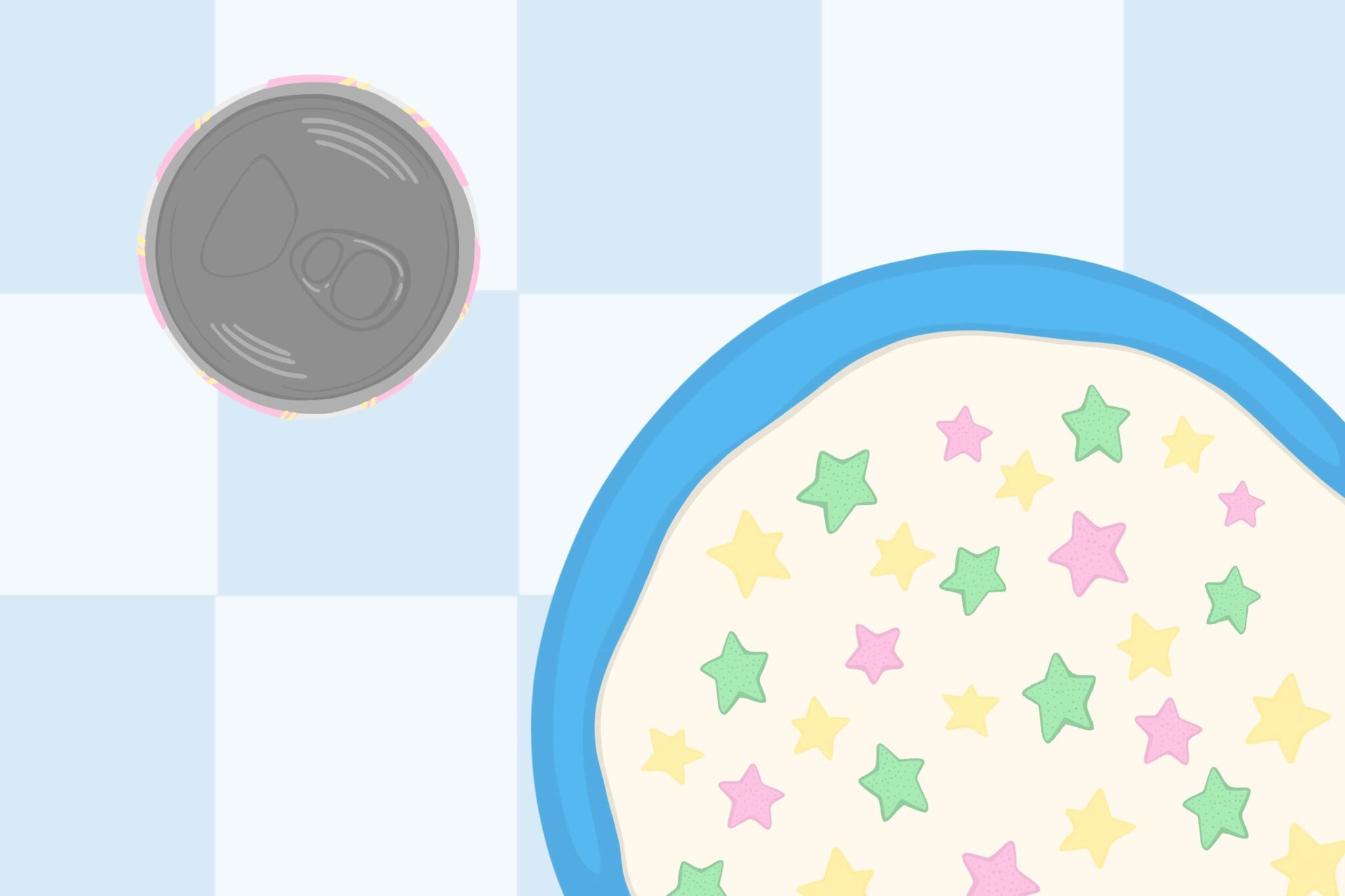The 5 Biggest Hidden Sources of Sugar


The average American consumes nearly 152 pounds of sugar each year, which breaks down to almost three pounds (or six cups!) of sugar each week. With adults eating this much sugar, it’s no surprise that children are getting a sugar overload. According to Pennsylvania State University, kids aged 2-3 years old consume about 14 teaspoons of sugar a day, while kids aged 4-5 consume about 17 teaspoons a day.
We are just now beginning to understand the effects of all this added sugar on our kids. Obesity and diabetes rates are rising rapidly among children, and many experts believe that extra calories from sugar are a major culprit.
What can parents do? It begins with recognizing where sugar might be hiding in your kid’s food and reducing or eliminating those foods.
1. High fructose corn syrup—HFCS is a sweetener used extensively in the US because it’s very cheap, easy to make, and available everywhere. One tablespoon of HFCS has 53 calories and contains more than 14 grams of sugar. Since the 1970s, HFCS has become a popular ingredient in processed foods and beverages, including salad dressings, yogurt, breads, and frozen pizzas, just to name a few. HFCS provides no nutritional health benefits.
2. Breakfast cereals—Most breakfast cereals contain high amounts of sugar. Some contain 32-40 grams of sugar per 1/2 cup serving. For healthier options, choose cereals that contain 4-10 grams of sugar per 1/2 cup servings.
3. Salad dressings—Surprisingly, salad dressings have added sugar. Food companies add sweeteners into vinaigrettes and other salad dressings. A two-tablespoon serving of Kraft Creamy French Salad Dressing, for example, contains about one-and-a-half teaspoons (6 grams) of sugar. Use a quarter-cup of dressing, and you’re adding a full tablespoon of sugar.
4. Soft drinks—Soda provides no nutritional value and is likely to contribute to weight gain. A can of soft drink has about seven teaspoons of sugar.
5. Frozen meals—These meals can be quick and viable alternatives when you are short on time and/or ingredients. However, it is important to avoid frozen meals with a long list of ingredients of added sugars, fillers, and additives. Look carefully at the nutrition facts panel of any frozen meals you\’re buying for your kids—chances are, you\’ll be surprised how much sugar it contains!
Sources:
- American Heart Association
- Most Frequently Asked Questions About Sugar.
United States Department of Agriculture - Profiling Food Consumption in America.
United States National Library of Medicine National Institutes of Health - Intake of sugar-sweetened beverages and weight gain: a systematic review.
Powered by Bundoo®










































